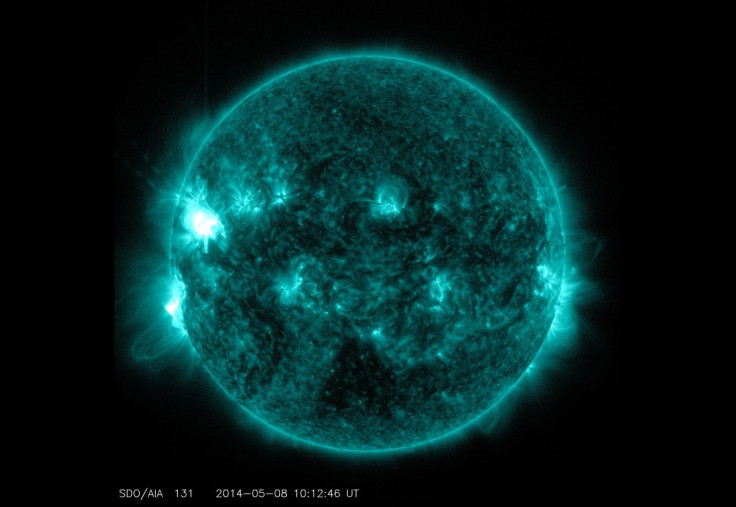NASA Captures Alien Vessel In Reverse Orbit Around The Sun, UFO Expert Claims

A UFO expert claimed that NASA’s satellite was able to record a video of a black triangle-shaped object that’s as big as the Moon flying near the Sun. According to the expert, the mysterious object was on a reverse orbit around the massive star.
Footage of the strange object was spotted by Scott Waring of ET Data Base. He said that he came across the video of the object as he was browsing the website for NASA’s Solar and Heliospheric Observatory, which is a satellite that was launched by the agency to observe the Sun.
As Waring was going through the various videos and photos available on the site, he came across one particular recording that caught his attention. According to Waring, a strange object can be seen flying in front of the Sun in the video.
The UFO expert described the object as having a triangular shape with a black-colored surface. He estimated that the object is about as big as the Earth’s Moon.
Waring noted that he had already spotted the same object in a different video a couple of months ago. However, unlike in the previous sighting, Waring said the object was moving in a different direction.
“I was looking over Helioviewer and noticed that the black triangle that I reported two months ago is back,” he wrote on a blog post. “This time it has reversed its orbit of the sun. The object was moving from left to right of the screen, but now it’s moving from right to left! That should be impossible.”
Waring then clarified that the object was not hovering over the Sun. Instead, he said the mysterious object was actually cruising across the giant star’s surface.
This isn’t the first time that Waring spotted an alleged alien vessel near the Sun. In one of his sightings, he suggested that the object could be a Dyson sphere. This is a hypothetical megastructure in space that is capable of absorbing a star’s energy to maintain its operations. The concept of a Dyson sphere is often used to explain how spacefaring civilizations can survive long periods of time in space.





















